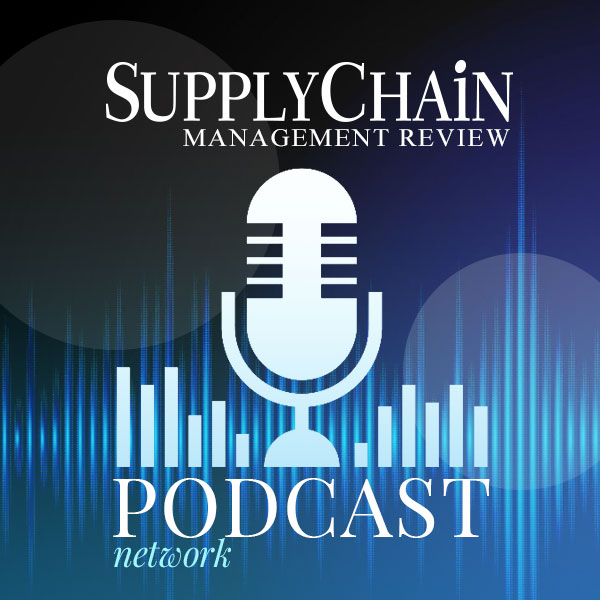 Editor’s Note: Andrea J. Fonte Weaver is Founder & Executive Director of Bridges Together, Inc., a nonprofit designed to connect generations.
Editor’s Note: Andrea J. Fonte Weaver is Founder & Executive Director of Bridges Together, Inc., a nonprofit designed to connect generations.
With 10,000 Americans turning 65 daily, it is essential we have programs in place to transfer their institutional knowledge and skills to our younger workforce.
Just as importantly, is establishing training by millennials for our older workers, especially in new technologies. We know to succeed in modern-day manufacturing, it is essential the minds of multigenerations are utilized to understand historic events and benchmarks in terms of today's advancements and investments.
But, unfortunately, intergenerational engagement isn't always welcomed because of both societal stereotypes and frustrations that may have developed in personal generational relationships. This lack of collaboration can lead to lost productivity and innovation. That is why manufacturers and supply chain partners need to create intentional opportunities for learning and training.
4 ways to bring intergenerational engagement to your workforce:
Establish a team
To build lasting, long-term change and foster multigenerational collaboration, companies must be purposeful in overcoming both sides of ageism. Create a team that includes employees and managers from each generation (generally speaking, baby boomers, gen xers and millennials) as well as a liaison with HR or a C-level executive. As a team, they should review company policies, procedures and practices as well as provide recommendations to improve conditions, including adapting physical structures, space and other resources. The goal is to find ways that will increase pathways of inclusion to encourage an exchange of ideas.
Get to know each other
Starting conversations with “in my day” is a sure way to get eyes rolling and create disengagement but saying what you did over the weekend can be meaningful. Talking about current and relevant activities like what movie you saw or book you read, to the hobby you worked on or the trip you took can bring out similarities and likenesses. This free flowing dialogue can be introduced in weekly department meetings or encouraged spontaneously throughout the day during breaks.
Share success
Rather than asking older workers to share “war stories” reminiscing about the early days, invite them to discuss why past projects succeeded and/or failed and what could be done differently now. With a time-limit designated to keep things moving along, ask older employees to talk about problem solving or supply chain variables before there were so many global opportunities. The same should be asked of younger workers who also can offer suggestions on investments or partnerships, specifically when new technology ideas can help support future achievements. By fostering an atmosphere of learning, mutual respect, and true collaboration, each generation and the company overall can benefit from the expertise and experiences of the others.
Always mix generational expertise on product design and supply chain mapping teams. First of all, to be successful now and later, everyone in your manufacturing and supply chain workforce should be capable, innovative and have the ability to lead efficient and highly productivity teams. With that said, project managers should be mindful of matching multigenerational workers for assignments. Whether it is two engineers designing a prototype, configuring transportation routes or logistics planning, always try to pair up two or more staffers of different generations. Working together will always be the key for improving relationships, optimizing collaboration, driving up productivity and strengthening the company overall.
SC
MR


Latest Supply Chain News
- Tech investments bring revenue increases, survey finds
- Survey reveals strategies for addressing supply chain, logistics labor shortages
- Israel, Ukraine aid package to increase pressure on aerospace and defense supply chains
- How CPG brands can deliver on supplier diversity promises
- How S&OP provides the answer to in-demand products
- More News
Latest Resources

 Explore
Explore
The Academy News
- AI, virtual reality is bringing experiential learning into the modern age
- Predicting stockouts: Enhancing FMCG resilience through data-driven insights
- Finding the Right Approach for Supply Chain Education
- The Supply Chain Triad
- Innovating Supply Chain Higher Education with Generative AI
- How Smart Supply Chain Management Boosts Brand Identity
- More The Academy
Latest Academy Resources

Subscribe

Supply Chain Management Review delivers the best industry content.

Editors’ Picks





